Mastering Series Convergence with the Ratio Test
The Ratio Test is used to determine whether an infinite series converges or diverges by examining the ratio between consecutive terms. You calculate the limit of the ratio of each term to the previous one as the terms increase. If the ratio is less than one, the series converges. If it’s greater than one, the series diverges. If the ratio equals one, the test is inconclusive, meaning additional tests are needed to determine the behavior of the series. This test is especially useful for series involving factorials or exponential functions.
[include_netrun_products_block from-products="product/6-south-carolina-sc-ready-grade-3-math-practice-tests/" product-list-class="bundle-products float-left" product-item-class="float-left" product-item-image-container-class="p-0 float-left" product-item-image-container-size="col-2" product-item-image-container-custom-style="" product-item-container-size="" product-item-add-to-cart-class="btn-accent btn-purchase-ajax" product-item-button-custom-url="{{url}}/?ajax-add-to-cart={{id}}" product-item-button-custom-url-if-not-salable="{{productUrl}} product-item-container-class="" product-item-element-order="image,title,purchase,price" product-item-title-size="" product-item-title-wrapper-size="col-10" product-item-title-tag="h3" product-item-title-class="mt-0" product-item-title-wrapper-class="float-left pr-0" product-item-price-size="" product-item-purchase-size="" product-item-purchase-wrapper-size="" product-item-price-wrapper-class="pr-0 float-left" product-item-price-wrapper-size="col-10" product-item-read-more-text="" product-item-add-to-cart-text="" product-item-add-to-cart-custom-attribute="title='Purchase this book with single click'" product-item-thumbnail-size="290-380" show-details="false" show-excerpt="false" paginate="false" lazy-load="true"] [include_netrun_products_block from-products="product/6-south-carolina-sc-ready-grade-3-math-practice-tests/" product-list-class="bundle-products float-left" product-item-class="float-left" product-item-image-container-class="p-0 float-left" product-item-image-container-size="col-2" product-item-image-container-custom-style="" product-item-container-size="" product-item-add-to-cart-class="btn-accent btn-purchase-ajax" product-item-button-custom-url="{{url}}/?ajax-add-to-cart={{id}}" product-item-button-custom-url-if-not-salable="{{productUrl}} product-item-container-class="" product-item-element-order="image,title,purchase,price" product-item-title-size="" product-item-title-wrapper-size="col-10" product-item-title-tag="h3" product-item-title-class="mt-0" product-item-title-wrapper-class="float-left pr-0" product-item-price-size="" product-item-purchase-size="" product-item-purchase-wrapper-size="" product-item-price-wrapper-class="pr-0 float-left" product-item-price-wrapper-size="col-10" product-item-read-more-text="" product-item-add-to-cart-text="" product-item-add-to-cart-custom-attribute="title='Purchase this book with single click'" product-item-thumbnail-size="290-380" show-details="false" show-excerpt="false" paginate="false" lazy-load="true"]

The Ratio Test was developed in the 19th century and is widely used for series involving factorials, exponentials, or other rapidly changing terms. It is particularly effective for series like those in power series expansions. The test’s simplicity makes it a powerful tool, but it’s inconclusive when the limit of the ratio equals one. Check out online math resources for more practice.
The Ratio Test is a method used to determine the convergence or divergence of an infinite series. It involves examining the ratio of consecutive terms in the series. For a series \(\sum a_n\), the test computes the limit of the absolute value of the ratio of consecutive terms: \(\lim_{n \to \infty} \left| \frac{a_{n+1}}{a_n} \right|\)
- If \(L < 1\), the series converges.
- If \(L > 1\), the series diverges.
- If \(L = 1\), the test is inconclusive, and further analysis is needed.
Here are two examples demonstrating the Ratio Test:
1. Converging Series Example:
Series: \(\sum_{n=1}^{\infty} \frac{3^n}{n!}\)
- Apply the Ratio Test: \(\lim_{n \to \infty} \left| \frac{a_{n+1}}{a_n} \right| = \lim_{n \to \infty} \frac{3^{n+1}}{(n+1)!} \cdot \frac{n!}{3^n} = \lim_{n \to \infty} \frac{3}{n+1} = 0\)
- Since the limit is less than \(1\), the series converges.
2. Diverging Series Example:
Series: \(\sum_{n=1}^{\infty} \frac{n}{2^n}\)
- Apply the Ratio Test: \(\lim_{n \to \infty} \left| \frac{a_{n+1}}{a_n} \right| = \lim_{n \to \infty} \frac{n+1}{2^{n+1}} \cdot \frac{2^n}{n} = \lim_{n \to \infty} \frac{n+1}{2n} = \frac{1}{2}\)
- Since the limit is less than \(1\), the series converges.
Frequently Asked Questions
How do I help my child prepare for the math test?
To effectively prepare your child for their math test, especially if they are encountering concepts like series convergence as mentioned in the Top 10 Grade 3 Math Books Inspiring Young Mathematicians To Explore, start by ensuring they understand the fundamentals well. Practice is key, so using various Worksheets can help reinforce their learning and identify areas they might be struggling with. Regular review sessions, breaking down complex topics into manageable parts, will make learning more approachable and less overwhelming for your child.
What math skills should my 3rd grader know?
By third grade, students should have a solid foundation in basic arithmetic, including addition, subtraction, multiplication, and division of whole numbers. They should also be able to solve simple word problems, understand basic fractions, and have an introduction to concepts of geometry such as shapes and measurement. While these skills are foundational, encouraging an interest in more complex mathematical concepts, like those discussed in the Ratio Test for series convergence, can further enhance their mathematical journey. For a curated selection of resources that can help inspire your third grader, check out the Top 10 Grade 3 Math Books Inspiring Young Mathematicians To Explore. Additionally, practicing these concepts regularly is crucial, and you can find a variety of Worksheets tailored to this age group.
How do you add and subtract mixed fractions?
To add or subtract mixed fractions, first convert them into improper fractions where the numerator (top number) is greater than the denominator (bottom number). For example, to convert 1 2/3 to an improper fraction, multiply the whole number (1) by the denominator (3), then add the numerator (2) to get 5/3. Repeat this for each mixed fraction. Then, ensure both fractions have a common denominator before adding or subtracting the numerators as required. Simplify the resulting fraction if possible. This process of handling fractions is foundational in building mathematical understanding, much like using the Ratio Test helps in analyzing series convergence in more advanced topics.
Related to This Article
More math articles
- The Ultimate TASC Math Formula Cheat Sheet
- The Ultimate 6th Grade LEAP Math Course (+FREE Worksheets)
- Word Problems Involving Money
- The Ultimate 6th Grade NYSTP Math Course (+FREE Worksheets)
- ACCUPLACER Math – Test Day Tips
- Top 10 3rd Grade IAR Math Practice Questions
- 10 Most Common 7th Grade PSSA Math Questions
- 10 Most Common 7th Grade ACT Aspire Math Questions
- Model Magic: Visualizing Division with Two-digit Divisors
- 10 Most Common 7th Grade NYSE Math Questions
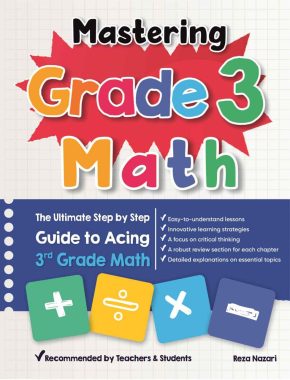
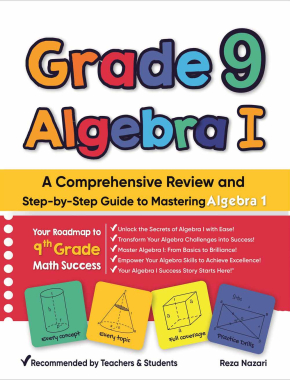
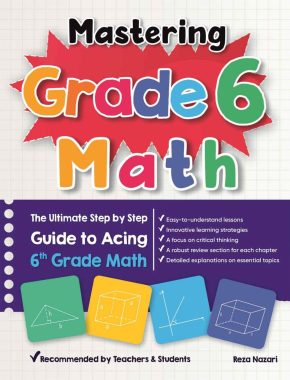
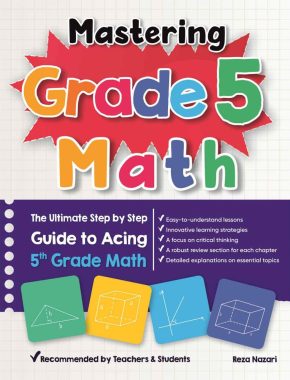
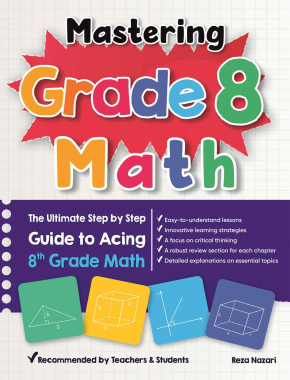
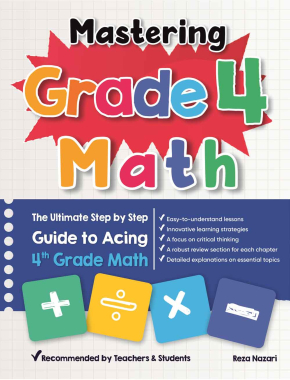
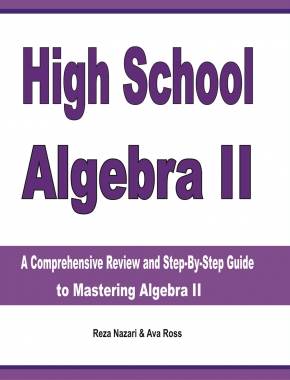

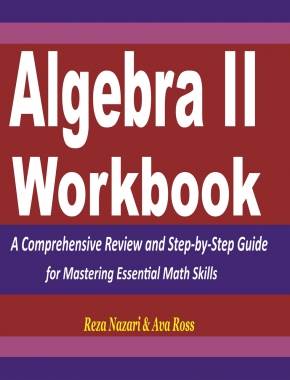

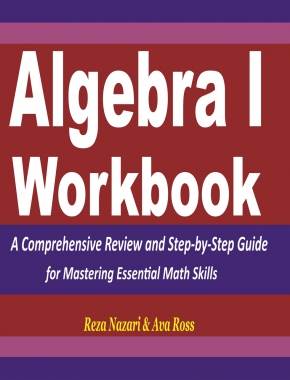

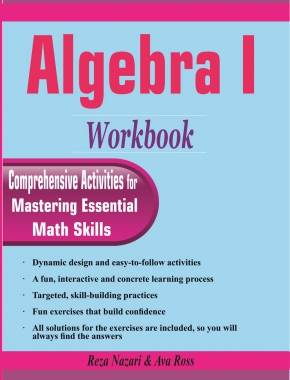
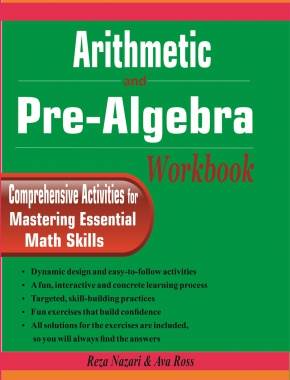
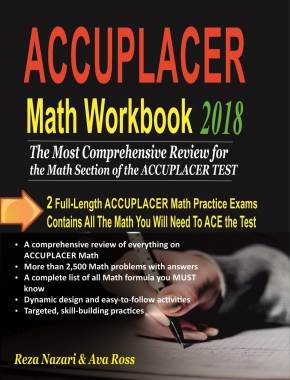
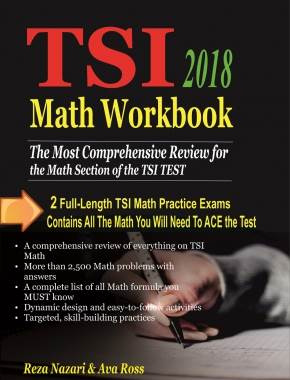
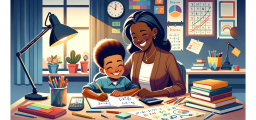
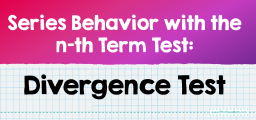









What people say about "Mastering Series Convergence with the Ratio Test - Effortless Math: We Help Students Learn to LOVE Mathematics"?
No one replied yet.